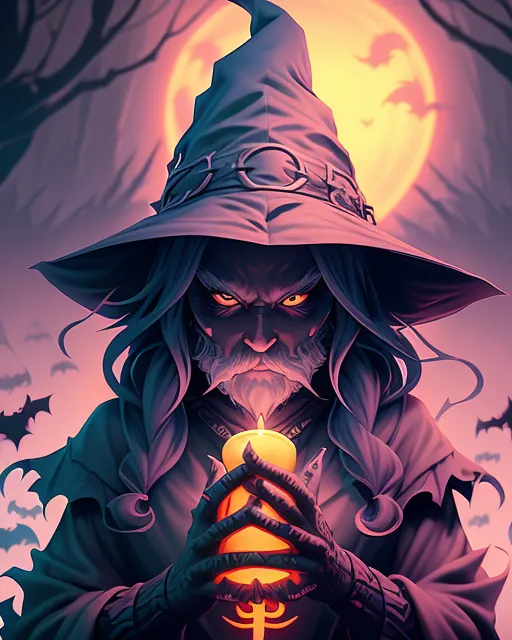Introducing TIFF and HEIC
TIFF and HEIC are two unpopular document formats that offer unique advantages for certain types of documents. TIFF, which stands for Tagged Image File Format, is a high-quality image format that is often used in the printing industry. HEIC is a file format developed by Apple that is designed to compress high-quality images and reduce file sizes.
Using TIFF and HEIC
One of the main advantages of using TIFF is that it is a high-quality image format that can support a wide range of color depths and resolutions. TIFF files can be edited and saved without any loss of quality, which makes them a good choice for documents that require high-quality images, such as photographs and diagrams. However, among the disadvantages of using TIFF is that the file sizes can be quite large, which can make them difficult to share or transfer.
HEIC is a newer file format that is designed to compress high-quality images and reduce file sizes. One of the advantages of using HEIC is that it can reduce the file size of high-quality images by up to 50%, which makes them easier to share and transfer. Additionally, HEIC files can include advanced features, such as depth maps and live photos, which can enhance the viewing experience. However, one of the disadvantages of using HEIC is that it may not be widely recognized or supported by all devices and software.
When to Use TIFF and HEIC
TIFF is best used for documents that require high-quality images, such as photographs and diagrams. Additionally, TIFF is a good choice for documents that require editing and saving without any loss of quality. However, if you need to share or transfer the document frequently, the large file sizes of TIFF may be a disadvantage.
HEIC is best used for documents that contain high-quality images that need to be compressed to reduce file size, such as photo albums or image-heavy presentations. Additionally, HEIC is a good choice for documents that require advanced features, such as depth maps and live photos. However, if the document needs to be shared or viewed on devices or software that do not support HEIC, it may not be a good choice.
In conclusion, TIFF and HEIC are two lesser-known document formats that offer unique advantages for certain types of documents. Consider the specific needs of your document project to determine which file format is the best choice for your documents. If you require high-quality images and editing capabilities, choose TIFF. If you need to compress high-quality images and reduce file size, or if you require advanced features, choose HEIC.



